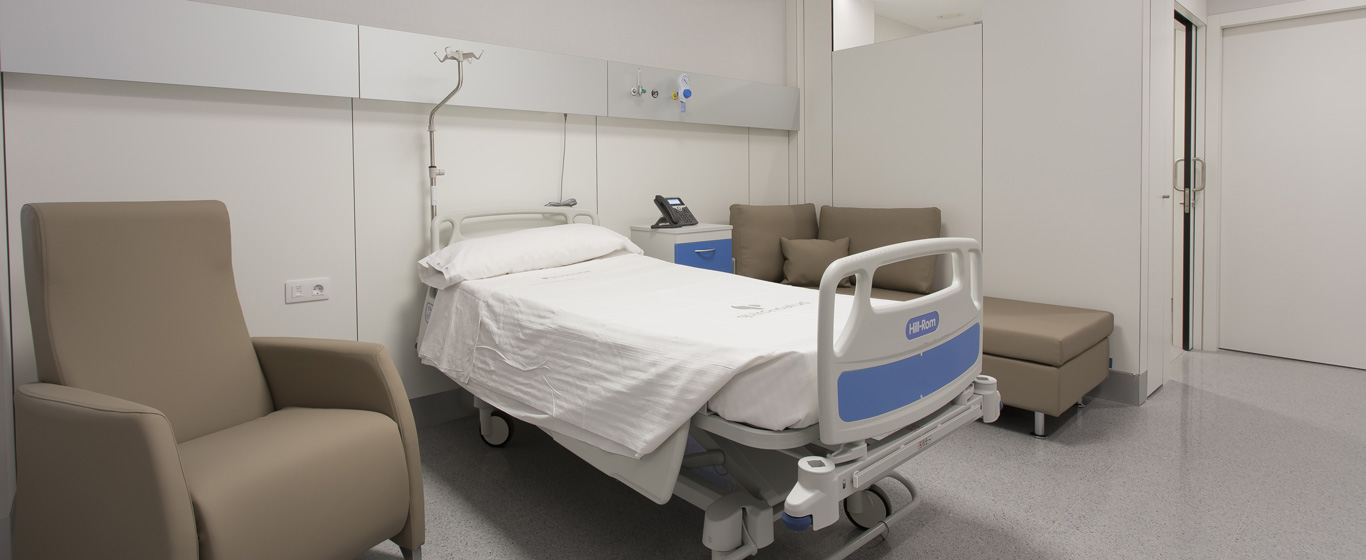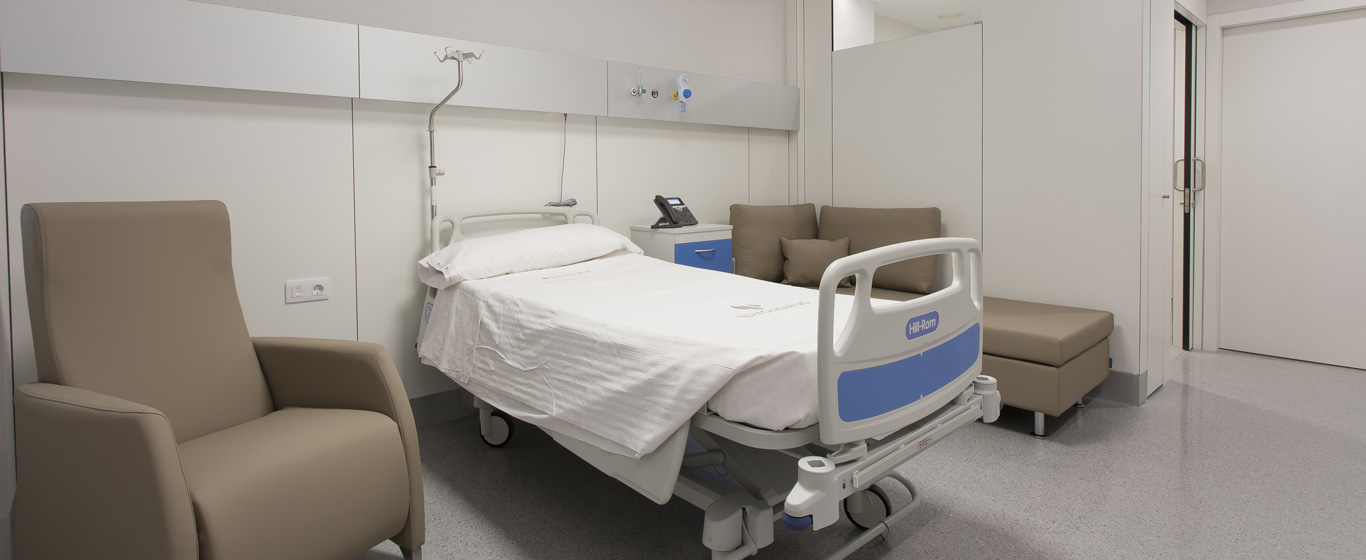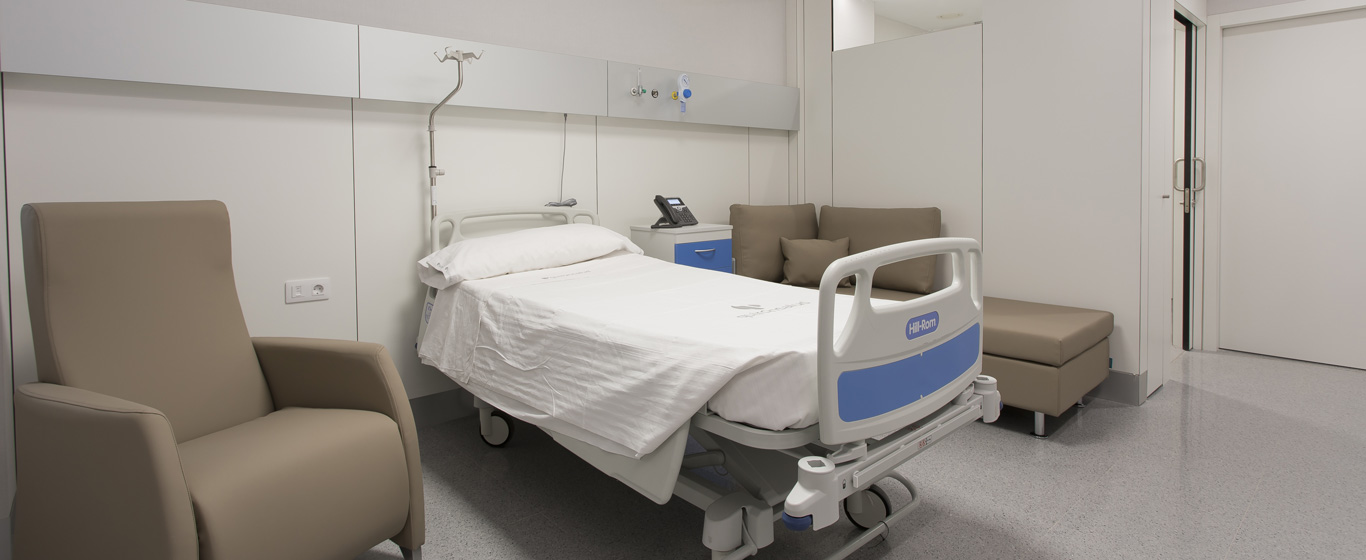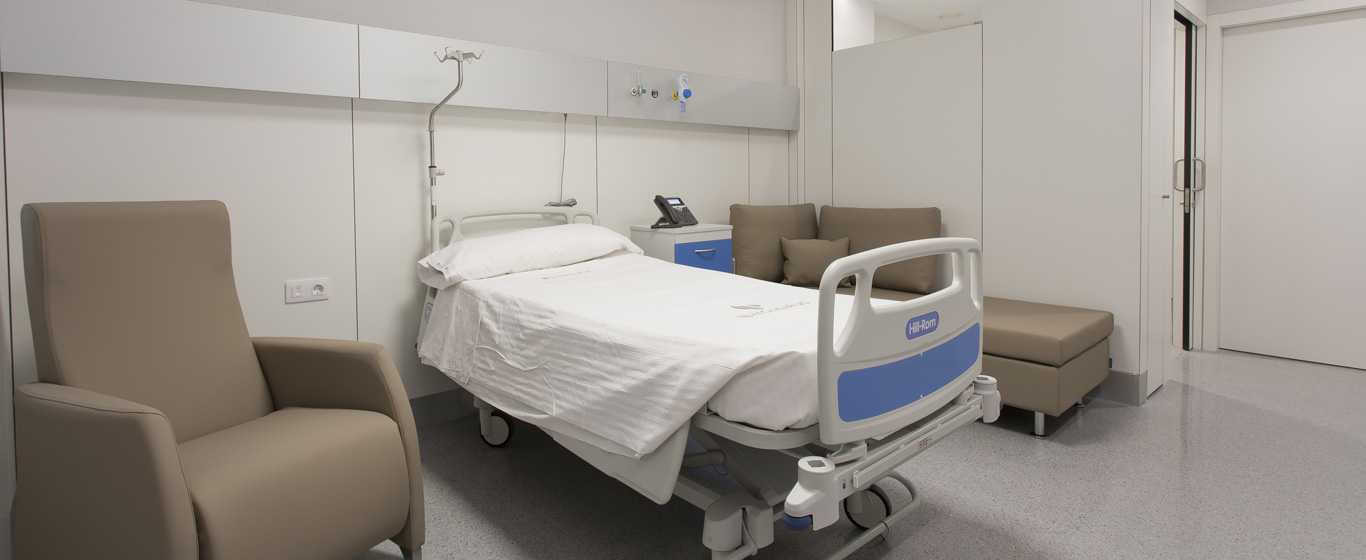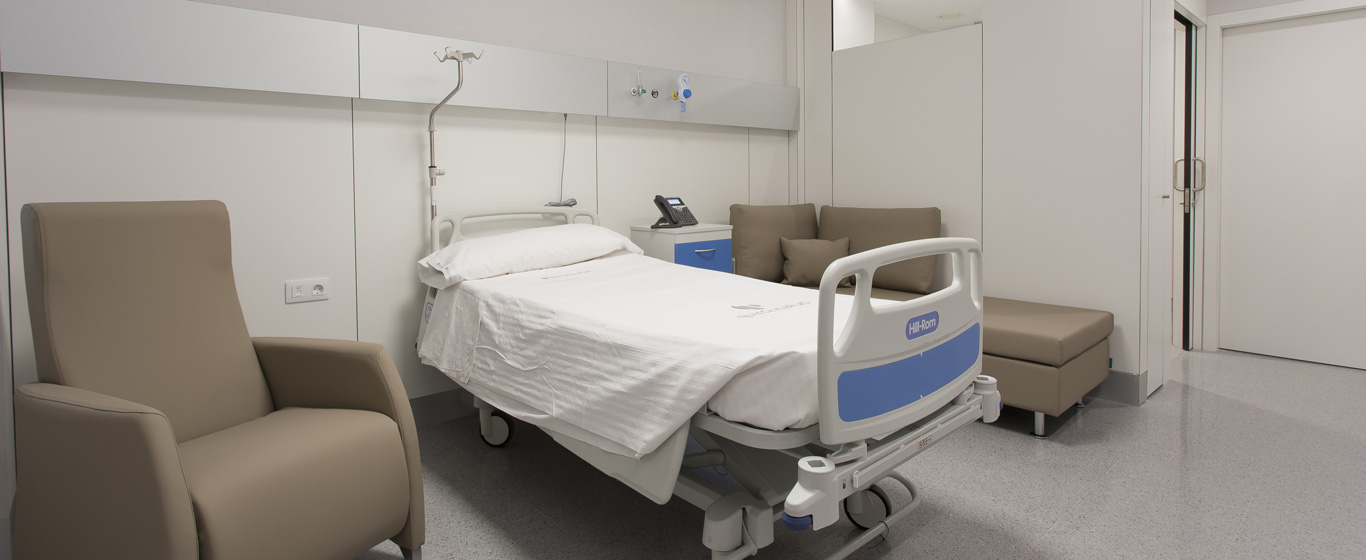Prenatal Tests
Prenatal tests are a set of procedures carried out throughout pregnancy to determine whether the fetus is growing properly or to detect chromosomal abnormalities. These tests vary widely and include ultrasounds, genetic screenings, and bacterial analyses.

General Description
Prenatal tests are a series of examinations performed throughout pregnancy to ensure the health of both the mother and the fetus, as well as to prevent premature birth. They also help detect possible deformities or genetic disorders early on.
Although some tests are repeated, different tests are conducted at each stage of pregnancy:
First Trimester:
- General physical examination: weight, blood pressure, breast palpation, pelvic exam, and Pap smear.
- Blood test: provides information about the mother's health and factors that may affect fetal health. It checks for anemia, sexually transmitted diseases, and immunity to chickenpox, rubella, and toxoplasmosis. It also determines the Rh factor. If the mother has a negative Rh factor and the father has a positive Rh factor, dangerous antibodies may develop against the fetus, requiring an injection of RhoGAM, a protein that prevents this incompatibility.
- Urine test: confirms pregnancy by detecting hCG hormones.
- Ultrasound: uses sound waves to obtain images of the uterus, placenta, umbilical cord, and fetus. It confirms gestational age and the embryo’s proper growth.
- Chorionic villus sampling (CVS): can be done between weeks 10 and 13 to diagnose genetic diseases, though it does not detect congenital abnormalities.
- First-trimester screening: this prenatal diagnostic test is recommended between weeks 11 and 14 to detect anomalies such as Down syndrome, Edwards syndrome, and other chromosomal disorders.
- Blood test for alpha-fetoprotein (MSAFP) detection: measures levels of this hormone produced by the fetal liver that reach the maternal bloodstream. Abnormal results may indicate neural tube defects, Down syndrome, or a twin pregnancy.
Second Trimester:
- Ultrasound: assesses fetal growth, position, and anatomy. It also determines the presence of one or multiple gestational sacs.
- Amniocentesis: analyzes a sample of amniotic fluid to detect genetic abnormalities or neural tube defects. It is recommended between weeks 15 and 20 of pregnancy.
- Non-invasive prenatal test: this multiple screening test is performed through a blood test to detect the same anomalies as amniocentesis. It poses no risk to the fetus and is highly reliable, but if the results are abnormal, they must be confirmed with amniocentesis.
- Glucose test: checks whether the mother has developed gestational diabetes. It includes fasting blood glucose measurement and the O'Sullivan test.
- Umbilical cord blood test (cordocentesis): when amniocentesis or chorionic villus sampling is inconclusive, fetal blood is directly analyzed. It is usually performed after the 18th week.
Third Trimester:
- Ultrasound: verifies fetal growth and development, as well as fetal position in the uterus and the condition of the placenta and umbilical cord.
- Group B streptococcus test: between weeks 35 and 37, the presence of these bacteria in the vagina is checked because, while harmless to the mother, they can cause harm to the baby during birth.
- Cardiotocography: fetal monitoring to check the baby's well-being and record its heartbeats. It also detects contractions.
When Are They Recommended?
Prenatal tests are recommended for all pregnancies, not just high-risk ones.
How Are They Performed?
Each type of prenatal test requires a different procedure:
- Ultrasound: after applying a water-based gel to the abdomen to obtain clearer images, the ultrasound probe is moved over the belly to examine the uterus and fetal anatomy. In the first trimester, a vaginal ultrasound may be performed using a smaller, anatomically shaped probe inserted into the vagina with lubrication and prophylaxis to minimize discomfort.
- Amniocentesis and chorionic villus sampling: although different tests, their procedures are similar. After disinfecting the abdominal skin, a needle is inserted into the placenta to collect a sample of amniotic fluid or placental tissue.
- Screening tests, MSAFP, and non-invasive prenatal test: only a blood sample is needed, usually from a vein on the inner arm.
- Glucose test: first, a fasting blood sample is taken. Then, another sample is collected after the patient drinks a glucose-rich solution.
- Cordocentesis: a needle is inserted through the abdomen to reach the umbilical cord and collect a blood sample using a syringe.
- Group B streptococcus test: with the patient in a gynecological position, a swab is used to collect samples from the vagina and rectum.
- Cardiotocography: sensors are placed on the mother's abdomen to detect the fetal heartbeat.
Risks
Most prenatal tests performed today pose no risk to either the mother’s health or the fetus’s well-being.
Invasive methods such as amniocentesis, chorionic villus sampling, or umbilical cord blood analysis carry a small risk of miscarriage. Therefore, these tests are usually only performed when non-invasive tests indicate potential abnormalities that need confirmation through these definitive procedures.
What to Expect from Prenatal Tests
Pregnancy is an exciting but also worrying time, so feeling nervous before a test is normal. It is advisable to ask the specialist any questions to ensure clarity regarding procedures, results, and risks.
- Ultrasound: performed while the patient lies slightly reclined on the examination table. To examine all fetal organs carefully, the scan may take up to 15 minutes. The baby's heartbeat may be audible. The 20-week anatomy scan can take up to 30 minutes.
- Blood tests for various purposes: the patient remains seated with the arm extended for sample collection. To prevent bruising, pressing the puncture site with a sterile gauze for a few minutes is recommended. Glucose tests require an hour between samples, making them longer. Drinking the glucose solution may be unpleasant or cause nausea.
- Amniocentesis, chorionic villus sampling, or cordocentesis: the patient lies on the examination table. Anesthesia is usually not used, but if applied, it is local to the abdominal skin. The needle insertion causes slight pressure but is not painful. Afterward, absolute rest is required for 24 hours.
- Group B streptococcus test: the patient is placed in the gynecological position with legs supported on stirrups. Sample collection is painless.
- Fetal monitoring: the mother’s abdomen is uncovered while reclined on the examination table, and transducers are placed to record fetal heart rate and contractions. The results are displayed in a graph.
Specialties That Request Prenatal Tests
Gynecologists and midwives are the specialists who perform the different prenatal tests.
How to prepare
Most prenatal tests do not require special preparation.
Only the glucose test requires fasting, and specific instructions from the midwife or gynecologist should be followed for the O'Sullivan test. For the first-trimester ultrasound, a full bladder helps obtain clearer images of the uterus.






